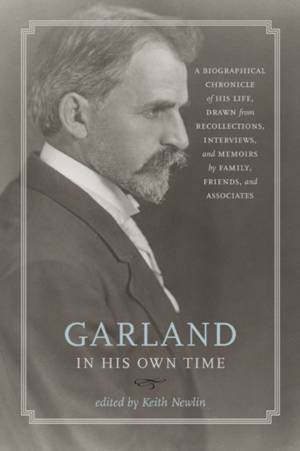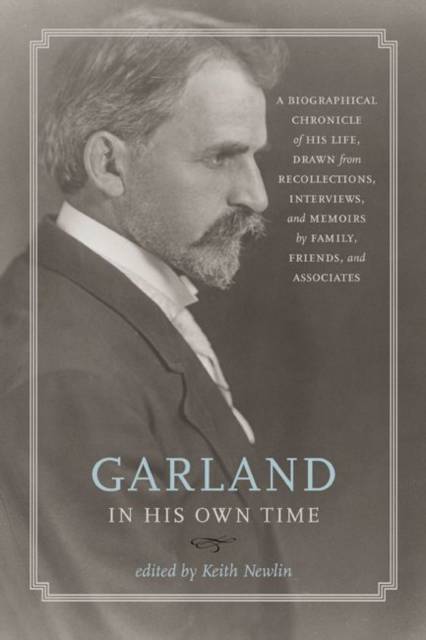
- Retrait gratuit dans votre magasin Club
- 7.000.000 titres dans notre catalogue
- Payer en toute sécurité
- Toujours un magasin près de chez vous
- Retrait gratuit dans votre magasin Club
- 7.000.000 titres dans notre catalogue
- Payer en toute sécurité
- Toujours un magasin près de chez vous
Garland in His Own Time
A Biographical Chronicle of His Life, Drawn from Recollections, Interviews, and Memoirs by Family, Friends, and Associates
60,45 €
+ 120 points
Description
In his heyday, Hamlin Garland had a considerable reputation as a radical writer whose realistic stories and polemical essays agitating for a literature that accurately represented American life riled the nation's press. Born in poverty and raised on a series of frontier farms, Garland fled the rural Midwest in 1881 at age twenty-one. When his stories combining the radical economic theories of Henry George with realistic depictions of farm life appeared as Main-Travelled Roads in 1891, reviewers praised his method but were disturbed by the bleak subject matter. Four years (and eight books) later, his frank depiction of sexuality in his novel of the New Woman, Rose of Dutcher's Coolly (1895), made Garland even more controversial. After realizing he couldn't make a living from such realistic works, Garland turned first to biography, then to critically panned but commercially popular romances set in the mountain west, and eventually to autobiography. In 1917 he published A Son of the Middle Border, a remarkable autobiography in which he combined the story of his life to 1893 with the story of U.S. westward expansion, to considerable critical acclaim and large sales. Its 1921 sequel, A Daughter of the Middle Border, received the Pulitzer Prize for biography. Although the author eventually wrote no fewer than eight autobiographies, he showed little awareness of the effect of his strong personality upon others. The sixty-six reminiscences in Garland in His Own Time offer an essential complement to his self-portrait by giving the perspectives of family, friends, fellow writers, and critics. The book offers the contemporary reader new reasons to return to this fascinating writer's work.
Spécifications
Parties prenantes
- Editeur:
Contenu
- Nombre de pages :
- 250
- Langue:
- Anglais
- Collection :
Caractéristiques
- EAN:
- 9781609381622
- Date de parution :
- 15-03-13
- Format:
- Livre broché
- Format numérique:
- Trade paperback (VS)
- Dimensions :
- 152 mm x 226 mm
- Poids :
- 408 g






